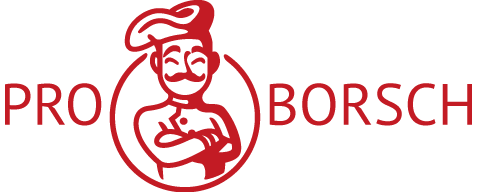Quality improvement isn’t a finite task or a box to tick — it is an sustained philosophy that shapes how teams approach their daily tasks. To implement it successfully, organizations must first create a culture where everyone feels responsible for quality. This means cultivating psychological safety, アパレル雑貨 rewarding meaningful suggestions, and ensuring that feedback is not only collected but acted upon.
Begin by establishing a unified definition of quality. Different departments may have conflicting views, so building consensus prevents misalignment. Once this foundation is set, define achievable benchmarks that teams can work toward. These goals should be realistic and tied to customer expectations, not just internal metrics. For example, cutting mislabeled shipments by 20% within 90 days is more useful than vague calls for better performance.
Next, empower employees at all levels to identify problems and propose solutions. Those on the ground notice bottlenecks leadership overlooks. Create regular opportunities for them to share insights, such as daily stand-ups or suggestion boxes with follow up. When someone suggests a change that works, acknowledge it visibly. Visibility fuels a culture of ownership.
Use data to guide decisions rather than assumptions. Track key performance indicators related to quality, like error frequencies, service grievances, or repair cycles. Analyze trends over time to spot patterns. If a specific process stage is creating bottlenecks, dig deeper into why. Peel back layers until you find the true source.
Adopt incremental tweaks rather than sweeping reforms. This reduces risk and accelerates feedback loops. For instance, if a alternative packaging method shows potential, pilot it with a single shift. Track performance before and after. Refine. Then scale it across departments. This approach, often called small-step innovation, turns improvement into a habit.
Skill development fuels sustainable progress. People need to understand tools like root cause analysis, process mapping, and statistical process control. But training should not be a one-off workshop. Offer ongoing learning through short workshops, peer coaching, or access to online resources.
Leadership must model continuous improvement. If managers only focus on meeting targets without caring about how they are achieved, employees will mirror that behavior. Leaders should consistently probe for improvement opportunities and Point out your biggest pain points. They should also be willing to admit their own mistakes.
Acknowledge every step forward, however minor. Improvement is a journey, not a destination. Publicly valuing progress fuels motivation. Remember, the goal is not flawless execution—it is steady, intentional improvement in quality daily.


Recent comments